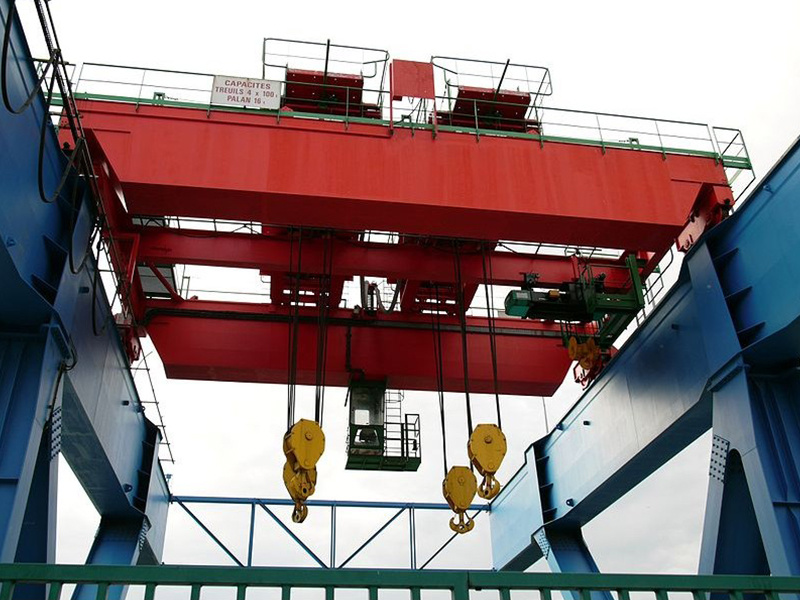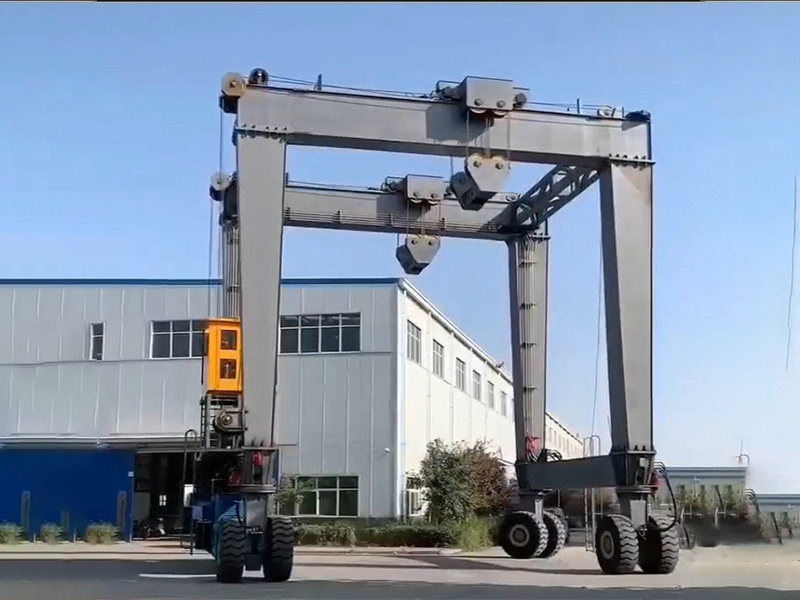Henan Aifite Intelligent Equipment Co., LTD.
Products
Rail-mounted Electric Transfer Flat Car
Classification:
Product Introduction
**Rail-mounted Electric Transfer Flat Car**
In modern industrial settings, the need for efficient material handling has never been more critical. One of the innovations that have significantly contributed to this need is the rail-mounted electric transfer flat car. This specialized vehicle is designed to transport heavy loads across factory floors, warehouses, and assembly lines, thereby enhancing productivity and ensuring safety. This article explores the design, functionality, benefits, and applications of rail-mounted electric transfer flat cars.
**Design and Construction**
Rail-mounted electric transfer flat cars are engineered to operate on a predefined set of rails, which provides stability and direction during transport. These vehicles typically feature a flatbed design that allows for the easy loading and unloading of various materials, including heavy machinery, raw materials, and finished products.
The construction of these flat cars usually involves robust materials such as steel or aluminum, ensuring durability and the capacity to withstand heavy loads. The wheels are designed to fit standard railway tracks, which allows for smooth movement along the rails. Additionally, these cars are equipped with electric motors powered by rechargeable batteries, enabling them to operate without the need for external power sources.
**Functionality and Operation**
The primary function of rail-mounted electric transfer flat cars is to facilitate the movement of goods within a facility. They are often employed in manufacturing plants, warehouses, and distribution centers where large volumes of materials need to be transported efficiently.
The operation of these flat cars is straightforward. Once loaded, the operator can control the movement using a remote control or an onboard control panel. The electric motors provide the necessary power to move the car forward, backward, or even rotate in some models, allowing for versatile maneuverability within confined spaces.
Moreover, some advanced models are equipped with automated systems that enable them to operate autonomously. These systems use sensors and programmable logic controllers (PLCs) to navigate predetermined paths, significantly reducing the need for human intervention and minimizing the risk of accidents.
**Benefits of Rail-mounted Electric Transfer Flat Cars**
The adoption of rail-mounted electric transfer flat cars comes with numerous advantages. One of the most significant benefits is the increase in operational efficiency. By streamlining the material handling process, these vehicles reduce the time and labor required to transport goods, allowing employees to focus on more critical tasks.
Safety is another key benefit. Traditional material handling methods, such as forklifts or manual transport, pose a higher risk of accidents and injuries. Rail-mounted electric transfer flat cars minimize these risks by providing a stable and controlled environment for transporting heavy loads. Their design reduces the likelihood of tipping or dropping loads, which can lead to workplace injuries.
Additionally, these flat cars are environmentally friendly. They operate on electricity, which significantly reduces emissions compared to diesel-powered vehicles. This aligns with the growing trend towards sustainability in industrial operations, as companies strive to reduce their carbon footprint and promote eco-friendly practices.
**Applications in Various Industries**
Rail-mounted electric transfer flat cars are versatile and can be used across a wide range of industries. In manufacturing, they are commonly used to transport raw materials from storage areas to production lines. They can also move finished products to shipping areas, ensuring a seamless flow of goods throughout the manufacturing process.
In the automotive industry, these flat cars play a crucial role in assembly lines. They transport parts and components between different stages of production, helping to maintain a continuous workflow. Similarly, in the aerospace industry, they are used to move large and heavy components safely and efficiently.
Warehousing and distribution centers also benefit from the use of rail-mounted electric transfer flat cars. These vehicles help optimize space and enhance the efficiency of order fulfillment processes. By enabling quick and safe transport of goods, they contribute to faster delivery times and improved customer satisfaction.
**Conclusion**
Rail-mounted electric transfer flat cars represent a significant advancement in material handling technology. Their design, functionality, and benefits make them an indispensable tool in various industrial settings. By enhancing efficiency, improving safety, and promoting sustainability, these vehicles are helping businesses adapt to the ever-evolving demands of the modern marketplace. As industries continue to seek innovative solutions for material handling, rail-mounted electric transfer flat cars will undoubtedly play a pivotal role in shaping the future of logistics and manufacturing operations.
In summary, investing in rail-mounted electric transfer flat cars can lead to substantial improvements in operational efficiency, safety, and environmental impact, making them a valuable addition to any industrial facility.
Keyword:
Feedback
Leave a message online and get the product quotation free of charge. We will arrange the specialist to contact you as soon as possible.







